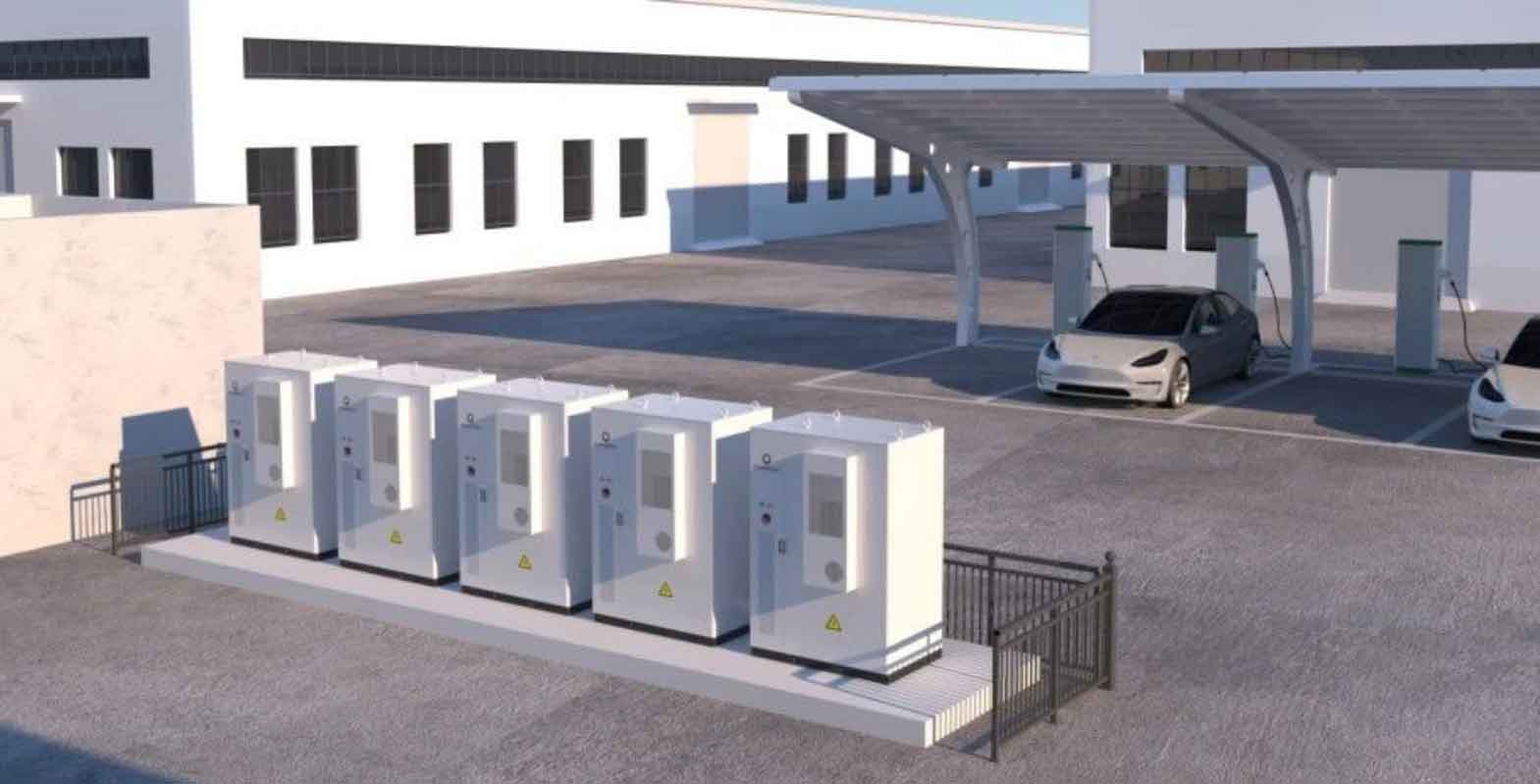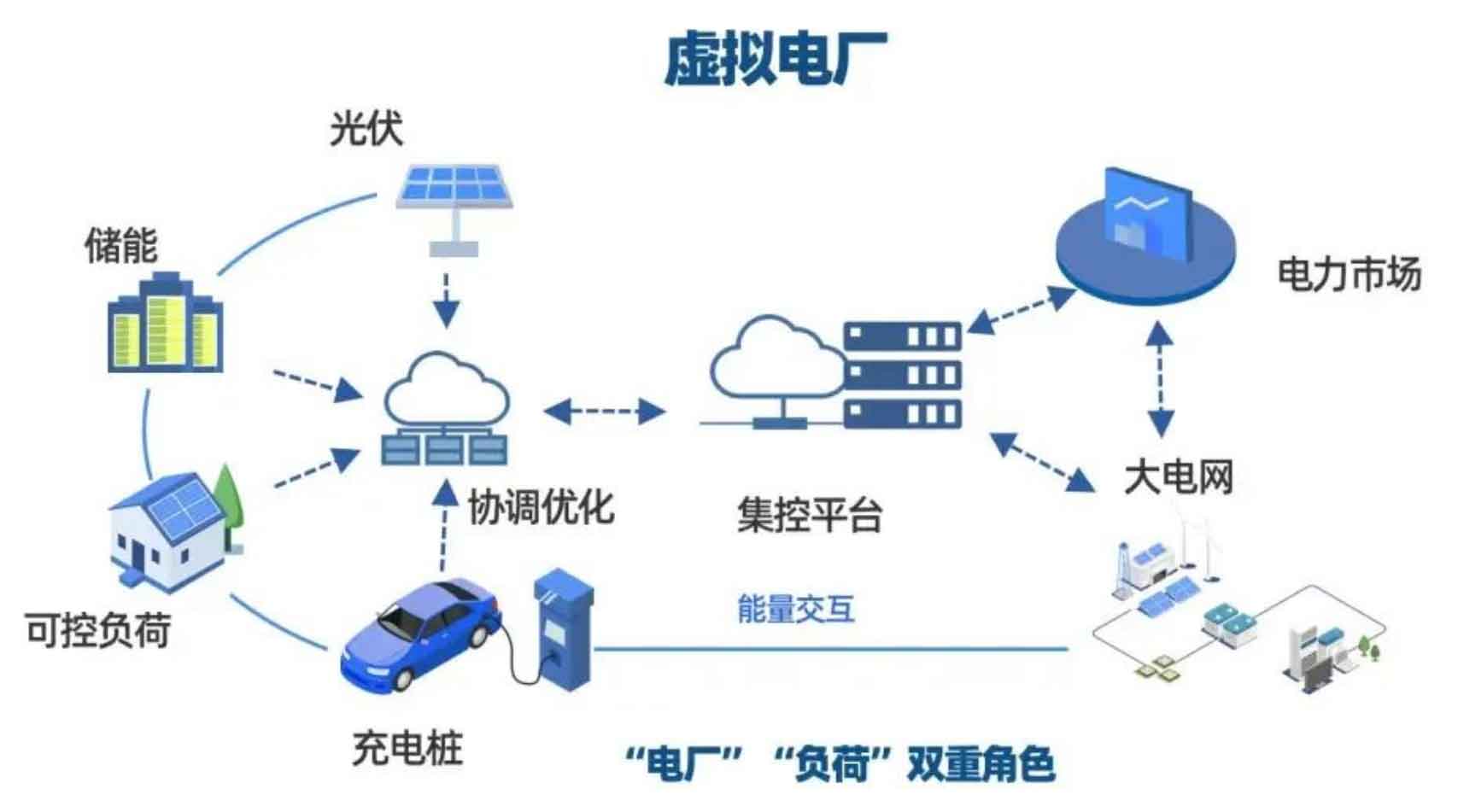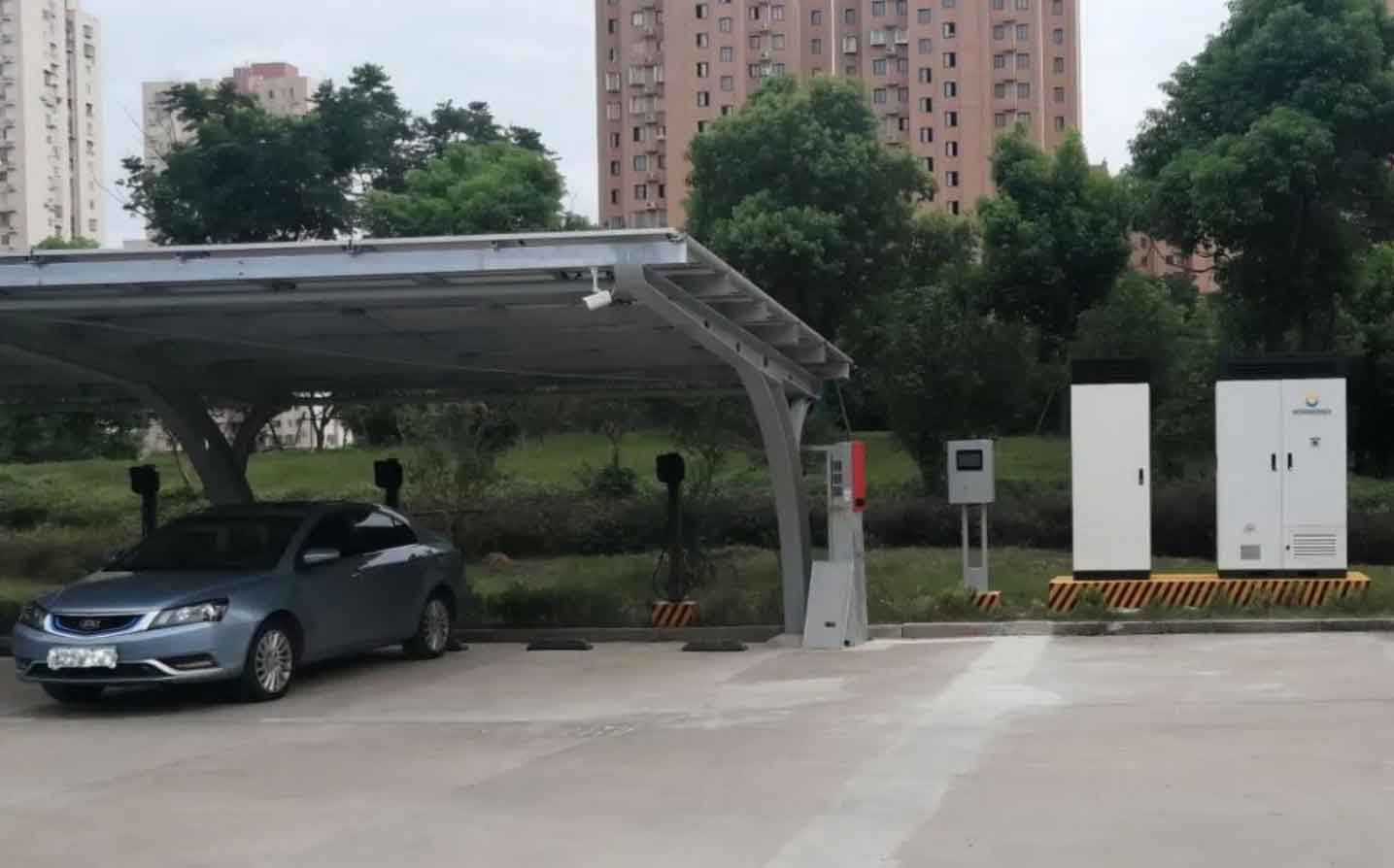In the past two years, driven by both policies and the market, China’s industrial and commercial energy storage industry has entered a period of rapid development. However, at present, the profitability of energy storage in the industrial and commercial sector is more limited to peak valley price arbitrage, while more diversified and efficient benefits such as demand management, electricity spot trading, and electricity ancillary services need to be achieved through virtual power plants and other means. The combination of virtual power plants and industrial and commercial energy storage has become a new favorite in the energy storage industry.

This year’s Government Work Report for the first time included the development of new types of energy storage, pressing the accelerator button for the development of the energy storage industry. In the new type of energy storage, industrial and commercial energy storage is becoming the fastest growing branch of the energy storage track. In 2023, the number of industrial and commercial energy storage projects recorded alone exceeded 2300, with a total recorded amount exceeding 10GWh. The industry predicts that the scale of the industrial and commercial energy storage market may exceed 10GWh in 2024, which is 3-4 times the size of 2023.
However, the current source of income for industrial and commercial energy storage is still mainly through peak valley price arbitrage, which is easily constrained by factors such as policies, subsidies, or the inability to sustain in the long term. And virtual power plants can aggregate user side adjustable resources, including industrial and commercial energy storage, to participate in grid demand response and auxiliary service markets, thereby obtaining profits. The accelerated application of virtual power plants will also shorten the cost recovery cycle of industrial and commercial energy storage, greatly improving its profitability, and thus solving the profit limitation of industrial and commercial energy storage mainly relying on peak valley price arbitrage.
Previously, the National Development and Reform Commission and six other departments issued the “Electricity Demand Side Management Measures (2023)”, proposing to establish and improve the linkage mechanism between demand side resources and power operation regulation, gradually incorporating demand side resources into power balance through virtual power plants and other means, and improving the flexibility of the power system; The Basic Rules for the Electricity Spot Market (Trial) issued by the National Development and Reform Commission and the Energy Administration also clearly propose to promote the participation of new business entities such as distributed generation, load aggregators, industrial and commercial energy storage, and virtual power plants in transactions.

The combination of industrial and commercial energy storage and virtual power plants belongs to a mutually beneficial and empowering relationship. The diverse and flexible characteristics of industrial and commercial energy storage, as well as the large number of points and entities, provide rich flexibility resources for virtual power plants and lay the foundation for their development.
At the same time, virtual power plants, as a key technological means for industrial and commercial energy storage resources to connect to the power grid for profit, effectively coordinate the contradiction between the power grid and distributed energy sources such as renewable energy, industrial and commercial energy storage, and controllable loads. The participation of industrial and commercial energy storage has significantly improved the controllability, flexibility, economy, and sustainability of virtual power plants.
At present, the main source of income for industrial and commercial energy storage comes from peak valley arbitrage. As a technology and carrier for integrating and coordinating distributed resources, optimizing control, and conducting market transactions, virtual power plants can broaden revenue channels for industrial and commercial banks, and obtain profits by participating in the electricity market. The profit models include:
(1) Demand side response: The government or power grid sends invitations to participating entities for peak shaving or valley filling responses. Virtual power plant resource entities with the ability and willingness to respond can respond on time after receiving the notification, actively change the conventional electricity consumption mode, and obtain economic compensation accordingly.
(2) Power auxiliary services: Virtual power plants can achieve dynamic balance between energy supply and demand based on market demand, and participate in market transactions of auxiliary services such as peak shaving and frequency regulation. This mode of operation allows industrial and commercial energy storage systems to flexibly adjust their operating modes based on price signals in the electricity market or changes in grid demand, in order to obtain corresponding profits.
(3) Electricity spot trading: In the electricity spot market, market entities engage in daily, intraday, and real-time trading of electricity energy. Due to its small capacity, industrial and commercial energy storage cannot meet the one-time demand of buyers. Therefore, it can be aggregated and participate in spot electricity trading through virtual power plants. The electricity trading rules within Shanxi and Shandong provinces clearly state that virtual power plants can participate in the electricity spot market.

Industrial and commercial energy storage provides users with sufficient flexibility resources, laying the foundation for the development of virtual power plants, and the construction of virtual power plants opens up the long-term profit space of industrial and commercial energy storage. In the future, industrial and commercial energy storage and virtual power plants are highly likely to become another shining new favorite in the field of industrial and commercial energy storage, following the integration of solar energy storage, jointly writing a new chapter in energy transformation.
